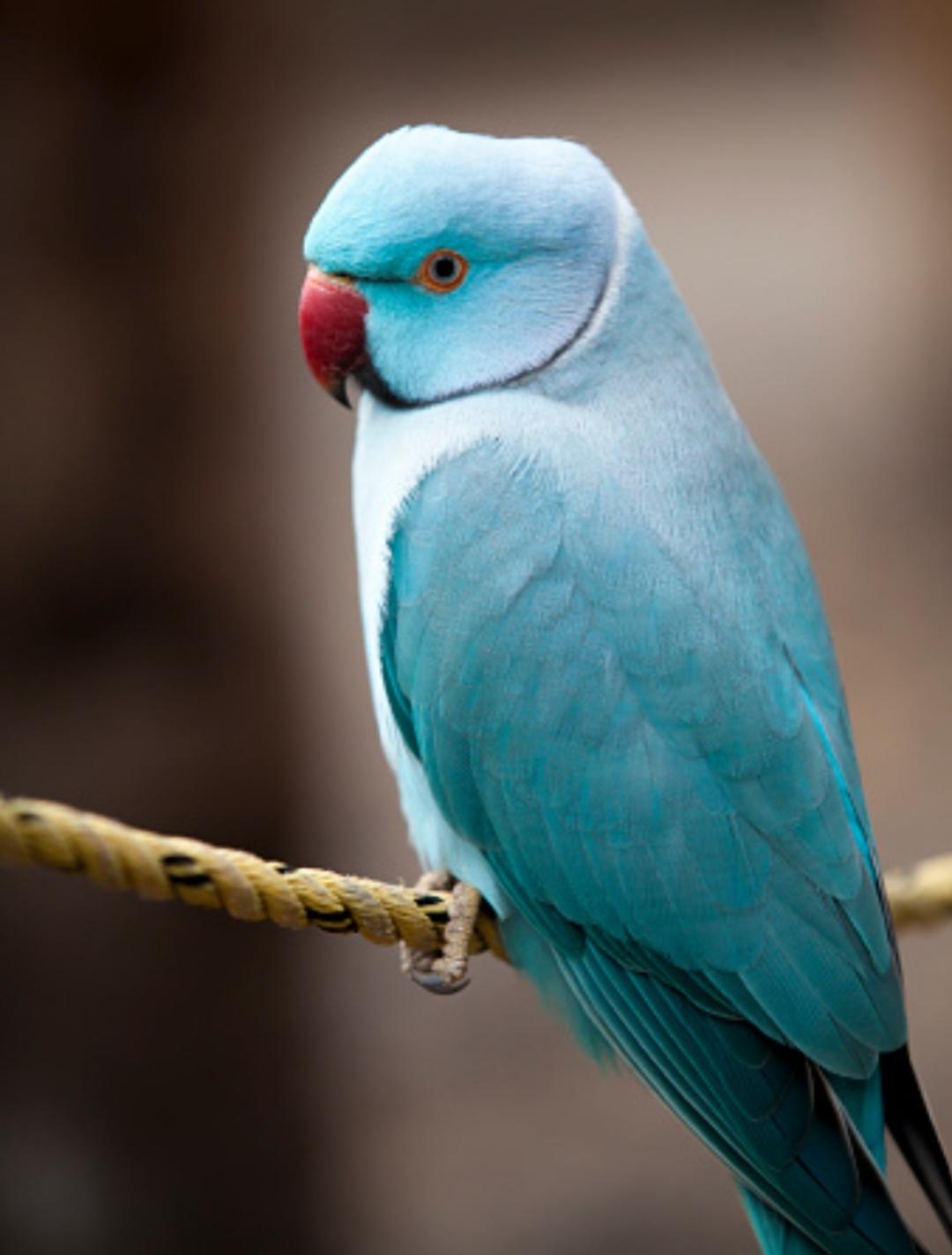Smart Ways to Optimize Betta Fish Breeding in 2025
Betta fish breeding is an exciting endeavor for aquatic enthusiasts. Understanding the specific demands and characteristics of male and female bettas is essential for breeding success. In 2025, optimizing betta fish breeding involves applying effective techniques to ensure healthy spawn and vibrant, thriving fry. This article delves into essential breeding methods, ideal water conditions, and feeding strategies, providing a comprehensive guide to creating a successful breeding environment for your bettas.
Many wonder about the best practices for creating a breeding tank, managing tank mates, and maintaining perfect conditions. As we explore various facets of betta care and breeding techniques, readers will gain practical insights and knowledge to help them navigate the complexities of breeding bettas successfully. Additionally, we will highlight common mistakes to avoid, ensuring the health of both parents and fry throughout the breeding cycle.
Ultimately, for anyone looking to begin this journey, this guide promotes not only understanding but also a responsible approach to breeding bettas, reinforcing the importance of keeping these beautiful fish healthy and happy.
Creating an Ideal Breeding Environment for Bettas
Setting up the right breeding tank is crucial for successful betta breeding. The space must mimic a betta's natural habitat while allowing for easy monitoring and care. Ideally, the breeding tank should be at least 10 gallons to provide ample space for fish behavior, including the spawning ritual.
Begin by selecting appropriate water parameters, as they play a pivotal role in betta fish health. Maintain a temperature between 78°F to 82°F, ensuring stable water quality. Using an adjustable heater is recommended to maintain consistent conditions. It's also essential to monitor pH levels, keeping them between 6.5 and 7.5.
Incorporating live plants into the breeding tank creates hiding spots for the female and a comfortable spawning area. Aquatic plants such as Java Moss or Anubias not only contribute to the aesthetic but also improve water quality by absorbing toxins.
While a filter system is recommended, ensure it doesn't create strong currents that could stress the bettas. A sponge filter or a gentle power filter works best. Regular water changes of 10-20% weekly will help maintain cleanliness and oxygenation without disrupting breeding.
This environment sets the stage for the exciting process of pairing male and female bettas for successful spawning. Understanding their breeding behavior further enhances the chances of productive reproduction.

Understanding Betta Breeding Behavior
Betta spawning rituals can be captivating to observe, characterized by their complex pre-mating rituals and behaviors. In watching male and female bettas interact, keep an eye out for signs of interest that precede successful mating. The male usually initiates courtship by showing off his fins and colors, making himself appear larger.
Monitor aggressive behaviors in males, which can escalate if the female is not receptive. When introducing a female betta, allow her to acclimate in a separate compartment or tank divider for a few days before full introduction. This gradual process helps reduce stress and aggression levels.
Signs of mating bettas include the male building a floating bubble nest to provide a safe area for fertilizing and protecting the eggs. After initiating pairing, keep a close eye on the pair, looking for mutual displays of courtship, such as the female circling the male and showing vertical stripes on her body, signifying readiness.
If mating is successful, the female will lay eggs in the bubble nest. During this time, the male's role becomes crucial as he gathers and will protect the eggs. Monitoring this behavior ensures a successful breeding process and helps you understand what to expect with the subsequent development of fry.
Recognizing these breeding behaviors prepares you for the next critical aspect: nurturing betta fry after spawning.

Caring for Betta Fry: Key Considerations
Once fertilizing occurs, betta eggs will hatch within 24-36 hours under ideal conditions. As the fry emerge, proper care becomes vital for their survival and growth. Betta fish fry are initially dependent on their yolk sacs; during this time, refrain from feeding them.
After 3-4 days, when fry swim freely, they require nutritious food tailored for their size and developmental stage. Infusoria or specialized fry foods provides essential nutrients for growth. Transitioning to crushed high-quality flakes gradually ensures they receive proper nutrition as they grow.
Maintaining optimal water conditions is crucial during this phase. Regularly check water parameters and conduct partial water changes to avoid toxic buildup from waste. Aim for clean, aerated water to promote healthy growth rates in fry.
Separating the fry into groups can prevent overcrowding and reduce stress. Using a separate, smaller tank equipped with a gentle filter allows for better monitoring of their health. Always keep an eye for signs of illness or stress, as betta fry are particularly sensitive during early development.
Ultimately, understanding the fry’s care promotes healthy growth, ensuring a successful generation of betta fish. This naturally leads us to discuss potential breeding mistakes to avoid to ensure a fruitful experience.
Avoiding Common Breeding Mistakes
Even seasoned enthusiasts can encounter challenges during the betta breeding process. One of the most common pitfalls is overcrowding the breeding tank or not providing sufficient hiding spots for the female. Ensuring each betta has ample space to escape potential aggression is critical.
Another mistake is failing to establish the right water conditions before introducing bettas to the breeding tank. Fluctuating temperatures, poor pH levels or inconsistent water quality can lead to stress and even spawning failures. Always test water parameters ahead of time to guarantee a stable environment.
Neglecting the health of the bettas is another significant issue. Prior to breeding, ensure both the male and female are in good health, free from disease and stress. Providing a balanced diet and monitoring behaviors is paramount.
Adequate feeding during mating is also vital. Avoid overfeeding, which can lead to polluted water conditions and harm the fish's health, negatively impacting breeding success. Stick to a regular feeding schedule and offer varied foods to keep your fish healthy.
Lastly, ensure that your breeding setup is appropriately sized. A small, cramped environment can hinder the success of the breeding cycle. Aim for a spacious breeding tank where both bettas feel comfortable.
With these essential tips and strategies in mind, you can significantly boost your chances of successful betta breeding while maintaining the health and wellbeing of your fish. This opens up a discussion about essential feeding practices that can enhance fry development.
Essential Feeding Strategies for Betta Fry
The right feeding practices are crucial during the growth stages of betta fry. Understanding their evolving nutritional needs ensures they develop into healthy, robust adult fish ready for their own breeding endeavors.
Initially, feeding betta fry requires fine particulate foods that are easy to consume. Infusoria or specially designed fry food should be available during the first couple of weeks. At this stage, it’s crucial to feed them small portions multiple times a day to encourage active growth without overloading their digestive systems.
As the fry reach about two weeks, gradually introduce newly hatched brine shrimp. This protein-rich food source supports muscle development and color enhancement. Rinse these shrimp to eliminate any contaminants before feeding, ensuring maximum health benefits.
Around four weeks of age, the feeding schedule can expand to include finely crushed standard betta pellets. Monitor the growth rates and adjust quantities as necessary; aim for optimal health and development, which are indicated by their levels of activity and vibrant colors.
Regularly clean the tank to prevent uneaten food and waste buildup. Inadequate tank cleanliness can lead to stress and health issues for the fry. Grow-out tanks should have good filtration and aeration to maintain water quality.
These feeding strategies not only nurture betta fry's growth but also prepare them for future breeding events. This concludes our exploration of breeding bettas, and now we’ll address common questions regarding betta fish breeding.
Q&A: Common Questions about Betta Fish Breeding
1. What are the best conditions for breeding bettas?
Optimal breeding conditions include a stable temperature of 78°F to 82°F, a pH level between 6.5 to 7.5, and clean, filtered water with gentle aeration. Providing plenty of hiding spots with live plants is also beneficial.
2. How often can bettas breed?
Bettas can breed approximately every two weeks under ideal conditions. However, allowing a recovery period for the female after each spawning is essential to ensure her health and wellbeing.
3. What should I do if my bettas are not spawning?
If spawning does not occur, ensure water conditions are suitable and try adjusting the environment slightly. Introducing more natural light could stimulate spawning behavior.
4. Is it okay to breed bettas in a community tank?
While it is possible, it is not recommended due to the stress and aggression potential. Create a designated breeding tank to keep the breeding pair focused and reduce stress.
5. How do I care for newborn betta fry?
Provide appropriate food, maintain water quality, and ensure they have enough space to avoid stress. Pay attention to their growth stages and adjust feeding strategies accordingly.
In summary, equipped with knowledge and effective breeding strategies, you can optimize your success in betta fish breeding while ensuring the health and wellbeing of these beautiful creatures.
